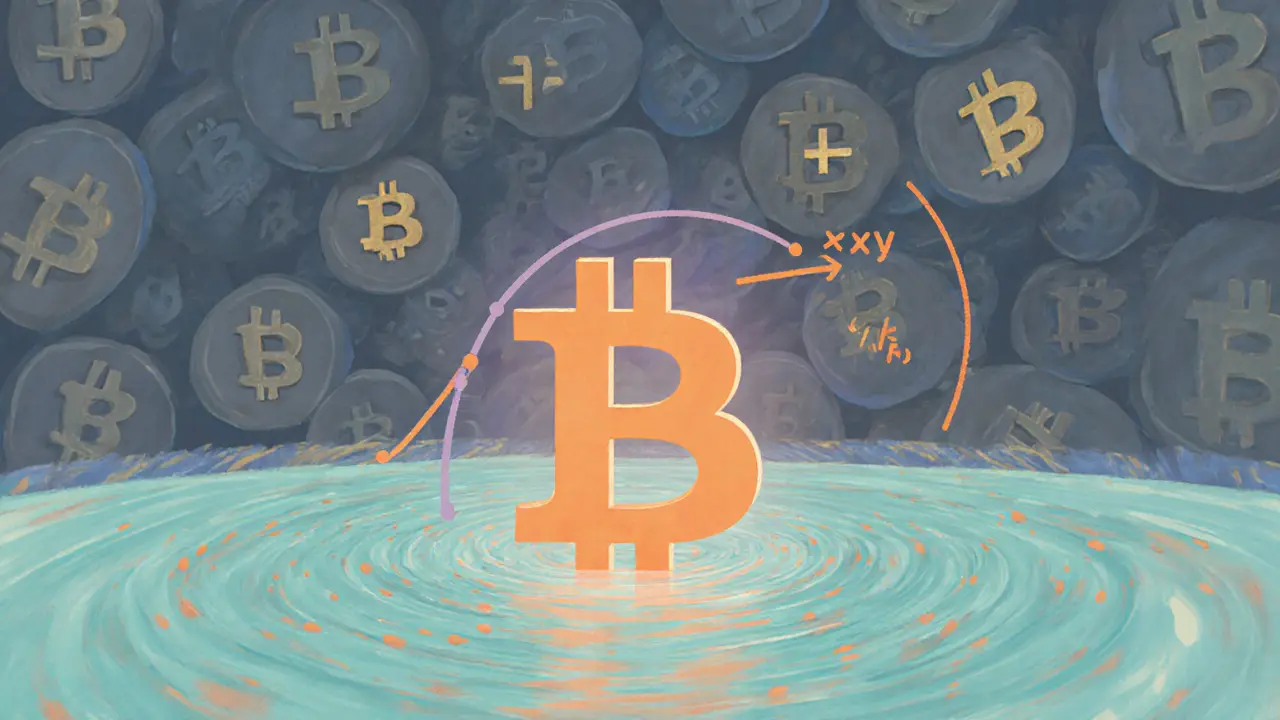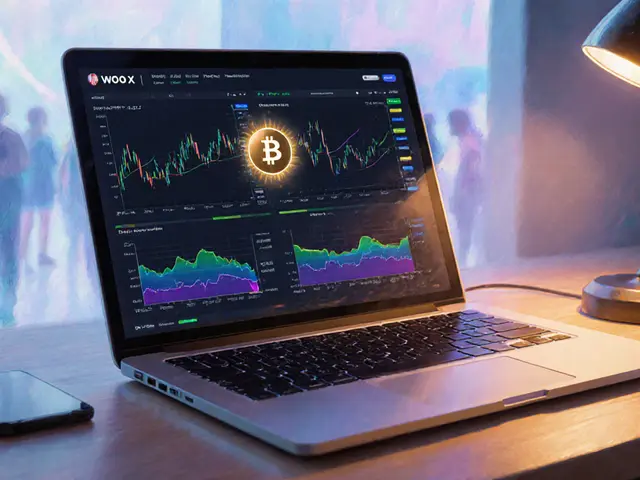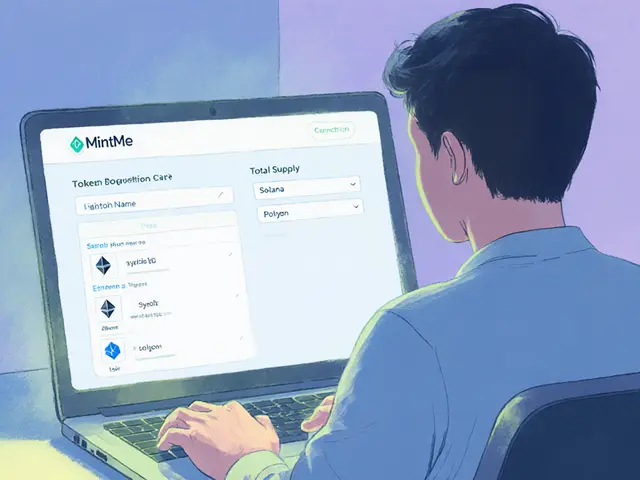Ordiswap: Bitcoin‑Based Decentralized Exchange Explained
When working with Ordiswap, a decentralized exchange built for the Bitcoin Ordinals ecosystem. Also known as OrdiSwap, it lets users trade NFTs and tokens directly on Bitcoin without a middleman. In a space where most DEXes live on Ethereum or its side‑chains, Ordiswap flips the script by anchoring trades to Bitcoin’s immutable ledger. That simple shift changes how liquidity is sourced, how fees are calculated, and even how users think about ownership of digital art on the world’s oldest blockchain.
How Ordiswap Works: Core Mechanics
The platform functions as a decentralized exchange, a peer‑to‑peer system that runs on smart contracts instead of a central server. This means anyone can list a token or an Ordinal NFT, and the trade executes automatically when a matching order appears. The exchange relies on liquidity pools, bundles of assets that provide the depth needed for smooth swaps. Users deposit Bitcoin‑backed tokens or Ordinals into a pool, earn a share of the transaction fees, and keep full control of their private keys. The three‑step flow—deposit, swap, withdraw—mirrors what you see on Ethereum‑based DEXes, but every step is recorded on Bitcoin’s UTXO model, giving an extra layer of security.
Ordiswap also supports token swaps, direct exchanges of one digital asset for another without needing an order book. A swap can involve an Ordinal NFT for a stablecoin, a newly launched meme token for Bitcoin, or even a cross‑chain bridge token that’s been wrapped for use on the Bitcoin network. Because swaps happen through smart contracts, the platform can enforce price slippage limits, set minimum output amounts, and automatically refund users if conditions aren’t met. In short, Ordiswap combines the flexibility of token swaps with the trustlessness of a decentralized exchange.
The platform’s design reflects three key principles. First, security—by leveraging Bitcoin’s proof‑of‑work chain, Ordiswap inherits the same resistance to censorship and attacks that Bitcoin offers. Second, accessibility—anyone with a Bitcoin wallet can connect, no extra accounts or KYC forms required. Third, innovation—the system introduces unique features like “Ordinal‑only pools,” where only NFTs from the Ordinals collection can be traded, creating a niche market that wasn’t possible on other blockchains. These principles shape every product decision and explain why Ordiswap is gaining traction among developers looking to launch Bitcoin‑based DeFi projects.
From a user’s perspective, the experience feels familiar. You launch a wallet that supports Bitcoin’s Taproot scripts, connect it to Ordiswap, and see a dashboard listing available pools, recent swaps, and fee tiers. Selecting a pool shows the depth chart, current price, and estimated gas cost (which in Bitcoin terms translates to transaction fee). When you confirm a swap, the smart contract deducts the input asset, applies the agreed‑upon fee, and sends the output asset back to your address—all within a single on‑chain transaction. No order matching engine, no off‑chain ledger—just pure Bitcoin transparency. This flow mirrors what you’d expect from a traditional DEX, yet the underlying technology is uniquely Bitcoin‑centric.
Ordiswap doesn’t operate in a vacuum. It connects with several broader trends that shape the crypto landscape today. The rise of Bitcoin Ordinals—digital artifacts inscribed directly onto satoshis—has opened a new market for NFT collectors who want their art on the most secure chain. At the same time, regulatory scrutiny around centralized exchanges pushes developers toward decentralized alternatives that can operate without a headquarters. Finally, the growing demand for cross‑chain liquidity means protocols are building bridges that let assets move between Bitcoin, Ethereum, and newer Layer‑2 solutions. Ordiswap sits at the intersection of these forces, offering a marketplace where Ordinals can be swapped, tokenized, or used as collateral in emerging DeFi products.
Looking ahead, the roadmap hints at several upgrades. A planned “order‑book mode” will let power users place limit orders, bringing hybrid functionality to the platform. Integration with popular Bitcoin wallets will reduce onboarding friction, while upcoming support for “wrapped Bitcoin assets” (WBTC‑like tokens) will broaden the pool of participants who can provide liquidity without holding raw BTC. Each upgrade reinforces the core idea that a decentralized exchange can thrive on Bitcoin, not just on Ethereum or faster chains.
Below you’ll find a curated list of articles that dig deeper into each piece of this puzzle. Whether you want a step‑by‑step guide to becoming a liquidity provider, an analysis of tokenomics for new projects launching on Ordiswap, or a look at how Bitcoin‑based NFTs are changing the NFT game, the collection covers it all. Dive in to see how the concepts introduced here play out in real‑world examples and actionable strategies.

Discover what Ordiswap (ORDS) is, how its Bitcoin‑based AMM works, tokenomics, market performance, and future outlook in this comprehensive guide.
Jonathan Jennings Aug 14, 2025




